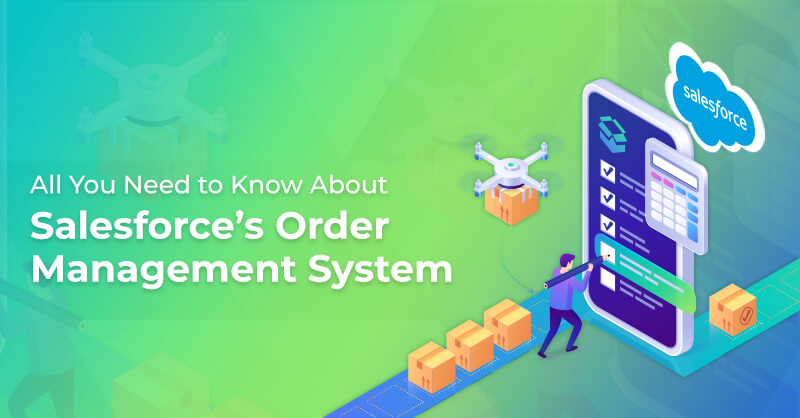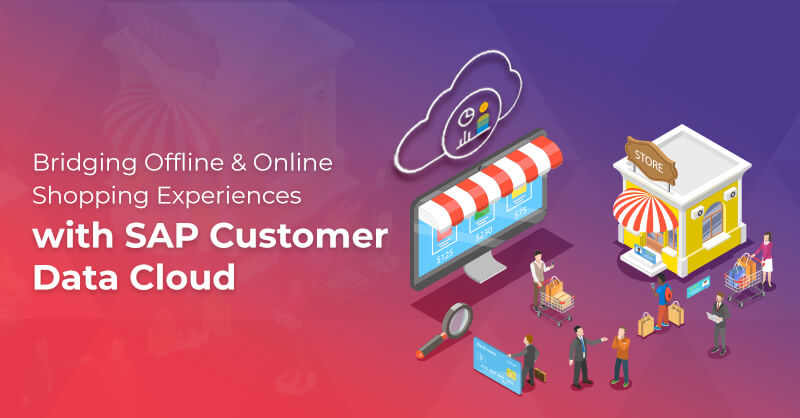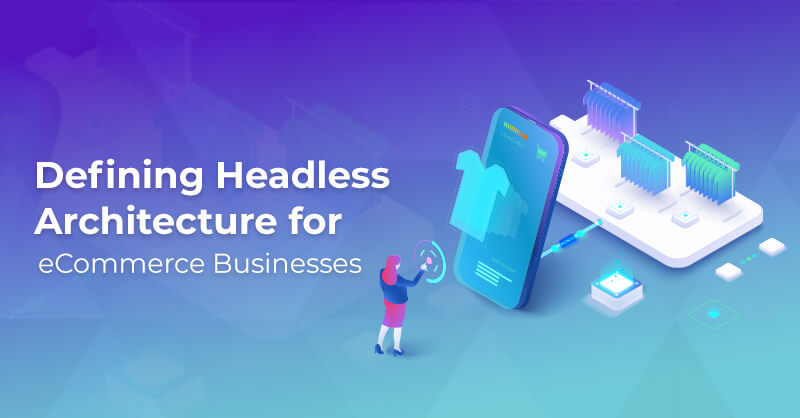Exceed the B2B customer expectations with commercetools
Written by Jeethu Augustine
Technical Content Writer
The business-to-business (B2B) commerce market is much more complex than the business-to-commerce (B2C). Market and customer requirements in B2B are constantly evolving. With customers making recurring purchases, business relationships between business customers are long-term. B2B suppliers are expected to deliver the content, features, and experiences that their buyers enjoy as B2C consumers.
For a B2B commerce strategy to be successful in the long term, it must provide customers personalized shopping experience. But for B2B merchants, it is a challenge to merge their portfolio, content, and technology into a digital ecosystem that grows with new requirements.
What are the main differences between B2B and B2C?
The table below clearly mentions the differences between B2B and B2C. And these differences result in multiple functional and systematic requirements for digital commerce ecosystems in B2B.
| B2B | B2C | |
|---|---|---|
| Buyer | Buying center, purchasing department | Single buyer |
| Buying | Continuous Buying Cycle: Recurring orders(structured, predictable) | One-Time Buying Cycle: Individual orders (inspirational, spontaneous) |
| Workflows | Individual buying and approval process cost centers | Simple order logic, limited after-sales |
| Sales | CRM-driven: Retaining and maintaining existing customers | Campaign-driven: Acquiring new customers |
| Touchpoints | Sales reps, customer service, procurement platform (machine to machine) | Online forms, email, chat, search |
| Products | Complex, many variations, configurable | Simple, few variations |
| Search | EAN-driven: “specific” results | Keyword-driven: “fuzzy” results |
| Pricing | Complex, customer-specific, local pricing | Simple, discount-logic, local pricing, campaigns/promotions |
| Payment | Primarily by invoice, credit cards | Various methods (credit cards, PayPal, etc.) |
| Content | Product description, datasheets | User stories, brand experience |
| Interface | focus on technical interfaces such ad OCI and EDI, efficient workflow, digital procurement | Focus on “human” interfaces to create memorable customer experience, inspirational |
What does B2B Business Require to Grow?
Purchasing processes in B2B are changing. Businesses today want to buy online and take advantage of personalization. The customer shopping experience is crucial for building customer loyalty, which plays an important role in B2B business. The strength of many modern systems lies in their ability to adapt flexibly to new requirements.
The B2B retailers should be looking for a commerce solution that will provide them:
- Prebuilt Integrations: It will always be beneficial for the business to have a solution that is easy to integrate. And,
- manageable with common tooling
- changes are applied in real-time
- Industry Leading Options: Merchants should opt for a solution that can cater to every function of their commerce suites. This should be achieved by not depending on first-party and third-party offerings, which the providers are partners with. Instead, it should be able to combine solutions from various providers. And for this, microservices architecture is the best option.
- Microservice and SaaS: With SaaS, upgrades are quick and hassle-free. Merchants can deploy small portions of a platform and not an entire monolithic suite. This would also help them remain updated, providing the shoppers with the best-in-class customer experience.
commercetools for B2B
commercetools has a headless, API-first technology that supports businesses to innovate faster. It helps in the hassle-free addition of new touchpoints and integrating with multiple systems. The headless technology allows limitless customization. It helps to personalize customer experiences, ensuring a seamless, frictionless purchasing experience for your business customers.
With U.S. B2B e-commerce transactions predicted to reach $1.2 trillion by 2021 according to Forrester Research, and global numbers expected to be five times that number, it’s critical to get the digital commerce experience right for B2B buyers. We’re working with B2B companies globally to help them capture today’s digital buyer and drive positive engagement at each stage of the customer journey.
Headless Approach
How to lay the technological foundation for sustainable business success? The best approach is a mixture of using a standardized commerce platform and tightly integrated and modularized custom developments.
Technologies are beginning to get outdated, and structures are becoming too inflexible to adapt when needed. Unlike the monolith structures, in headless commerce solutions, the frontend is decoupled from the backend, helping organizations build personalized customer experiences, gain the freedom to experiment, increase their agility, and scale more efficiently using the headless paradigm.
Benefits of Headless Approach
Principles of Headless commerce
- Flexible data model: Instead of a fixed and rigid database structure, B2B companies need the freedom to add attributes, group them and model their catalog the way their business model requires it. Interfaces and communication: They also require a platform that relies on APIs to extend and communicate with other services; as we have seen with the OCI/EDI standards, there must be an easy way to bind different systems together.
- Headless approach: The future success of B2B companies is tightly connected to their ability to model various customer journeys, so separating frontend and backend processes and connecting them via a strong and flexible API is future-proof.
- Fast custom development: With all the basics/commodity functions (flexible data model, fast and well-documented API), an organization can focus on building the functions that create added customer value.
- Scalability: For maximum efficiency and fast time-to-market, there really is no alternative to a cloud-based solution; organizations need to deploy functionalities fast and at scale without spending resources on maintaining their own server infrastructure.
- B2B Commerce: Laying a technological foundation for business success 14 How to start in headless commerce? This question is particularly relevant for retailers who have been doing digital business for a long time and whose commerce system is aging.
How Royal Cyber Helped JSW One Launch A B2B Solution With commercetools?
About the Client
JSW is ranked among the top multinationals and largest steel makers in India. JSW’s innovative and sustainable ideas cater to steel, energy, cement, and infrastructure sectors. JSW One was launched to leverage the JSW Group’s distribution, supply chain, and product synergies across the steel and cement businesses. JSW One has commenced operations in the eastern region, which will be scaled-up pan-India over the next couple of years.
Use Case
To build an omnichannel, integrated, tech-led “one-stop online shop” for JSW One - JSW Group’s unified online marketplace for wholesale distributors and retailers, leveraging their existing products and distribution network of JSW Steel, Cement, and Paints.
Business Challenges
JSW did not have an online ecommerce platform for their B2B2C customers. They wanted an omnichannel solution provider that would cater to Micro, Small, and Medium Enterprises, Independent customers, Original Equipment Manufacturers etc.
Solution
JSW, having a very complex architecture and a vast scope, required a framework that could support a huge number of integrations. Considering the client’s challenges and the current market, we proposed commercetools.
We developed a seamless B2B/B2B2C ecommerce platform based on microservice architecture. Through this platform, JSW One will offer ecommerce marketplace for small and medium-size manufacturers and provide access to quality material and facilitate online transactions, order fulfillment, tracking, and inventory management, besides giving much-needed credit.
Key Highlights
- Enabled an end-to-end journey, with the ability to integrate other systems, view available inventory, and help to determine the order viability
- Developed a platform that simplifies the configuring, pricing, and quoting of complex products and services
- With AI and ML engines to drive recommendation and personalization across the customer journey, the solution offers a superior customer experience.
Contact us to know more about our commercetools capabilities and the services we offer.



